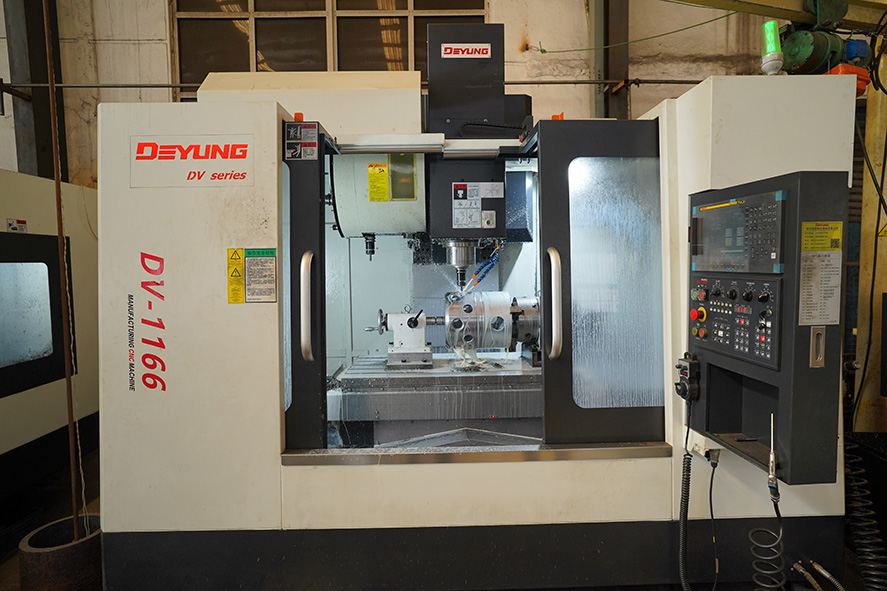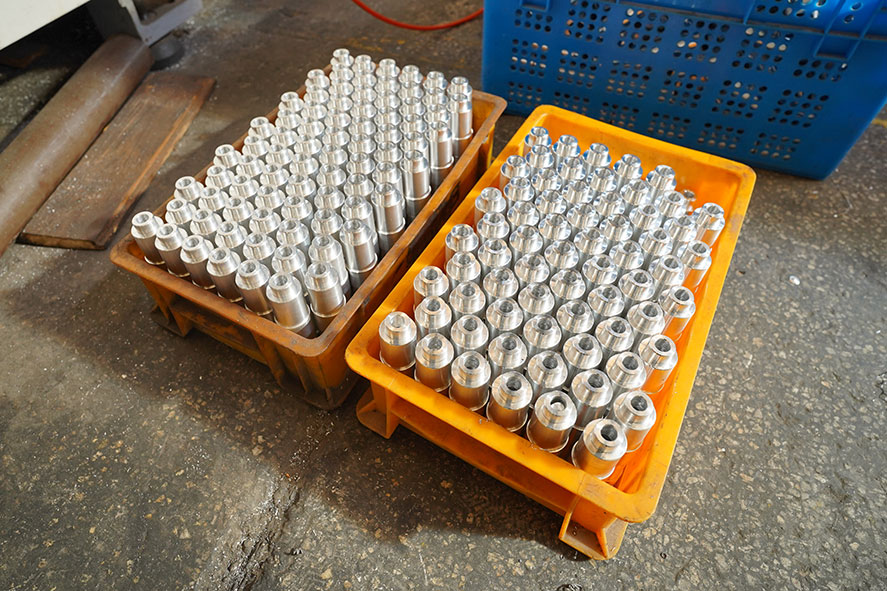
In today’s rapidly evolving manufacturing industry, precision, efficiency, and adaptability are critical factors for success. Two common methods used to shape and create parts are CNC machining and traditional machining. While both processes are integral to modern manufacturing, they differ significantly in terms of technology, precision, and applications. Understanding these differences can help businesses choose the best method for their specific needs.
What is Traditional Machining?
Traditional machining refers to manual processes where operators use tools like lathes, milling machines, or drill presses to remove material from a workpiece and shape it into the desired form. This method relies heavily on the skill and experience of the operator, who must manually control the cutting tools and make adjustments as needed. Traditional machining is often used for simple, low-volume projects or when a hands-on approach is preferred.
Key Features of Traditional Machining:
1.Manual Control: The operator manually controls the machinery, adjusting speeds, feed rates, and tool paths.
2.Flexibility: Operators can make on-the-fly adjustments, making it suitable for custom or unique parts.
3.Lower Initial Costs: Traditional machines generally have lower upfront costs compared to CNC machines.
4.Skill-Dependent: The quality of the final product heavily relies on the operator's expertise.

What is CNC Machining?
CNC (Computer Numerical Control) machining is a more advanced and automated method. It involves using computer-controlled machines to perform precise cuts, drilling, and shaping operations on a workpiece. The machine follows pre-programmed instructions (G-code), allowing for high levels of precision and repeatability. CNC machining is widely used in industries that require complex, high-volume, and precise components, such as aerospace, automotive, and medical device manufacturing.
Key Features of CNC Machining:
1.Automation: CNC machines operate automatically, following digital designs with minimal human intervention.
2.High Precision: CNC machining offers unparalleled accuracy and repeatability, ideal for complex parts with tight tolerances.
3.Efficiency: Capable of running 24/7, CNC machines are perfect for high-volume production.
4.Complexity: CNC machining can handle complex geometries and detailed features that would be difficult or impossible with manual machining.
5.Cost-Effective for Large Runs: While CNC machines have higher upfront costs, they become cost-effective for large production runs due to reduced labor and faster production times.

Comparing CNC Machining and Traditional Machining
1. Precision and Accuracy: CNC machining provides superior precision and consistency compared to traditional machining. Because CNC machines are computer-controlled, they can produce complex parts with extremely tight tolerances repeatedly. Traditional machining, on the other hand, depends on the operator’s skill, making it more prone to human error.
2. Speed and Efficiency: CNC machines can operate continuously, leading to faster production times and higher efficiency. Traditional machining is slower and requires more manual intervention, which can lead to longer lead times, especially for complex or large-volume projects.
3. Complexity of Parts: CNC machining excels at creating intricate designs and complex geometries that would be challenging or impossible to achieve with traditional methods. For projects requiring simple, straightforward parts, traditional machining may suffice, but CNC is the go-to for more detailed work.
4. Flexibility and Customization: Traditional machining allows for on-the-spot adjustments, making it suitable for custom or low-volume production. CNC machining, however, is less flexible once the program is set but excels in producing large quantities of identical parts.
5. Cost Considerations: While the initial investment in CNC machinery is higher, the long-term cost savings from reduced labor and higher efficiency can outweigh this expense, particularly for large production runs. Traditional machining might be more cost-effective for smaller projects with less complexity.
Which Method is Right for Your Business?
The choice between CNC machining and traditional machining depends on your specific project requirements. If you need high precision, complex designs, and large-volume production, CNC machining is likely the best option. However, for simpler, low-volume tasks, traditional machining might be more appropriate and cost-effective.
HAOZHIFENG MACHINERY CO., Ltd. specializes in both CNC and traditional machining, providing tailored solutions to meet your exact needs. Whether you require precise CNC-machined components or custom-made parts through traditional machining, we have the expertise and technology to deliver top-quality products on time and within budget.
Ready to explore the benefits of CNC machining for your next project? Or need expert traditional machining services? Contact us today to discuss your requirements and get a custom quote. Our team is here to help you achieve your manufacturing goals with the best machining solutions available.